Patagial/Wing Tags on White Pelicans and Other Birds
American White Pelican 02J, photographed from above, looking into the East Garden Grove Wintersburg Channel at Bolsa Chica. Normally, I like to get more of an eye level view if I can, but in this situation, I was just trying to read the number on the pelican’s patagial tags.
I’ve written a few times about how much I appreciate learning more of a bird’s story through his or her banding history. Sometimes, as in the case of a banded American Avocet I came upon at Palo Alto Baylands, the information is (for me) astounding: her older age was unusual enough that the banding agency required extra follow up for validation.
In other cases, I’m conflicted, when the tagging devices seem cumbersome … or, when they are so large as to completely mar the appearance of that animal. I wrote about those misgivings years ago after coming upon a Red-tailed Hawk with a vivid patagial tag.
When you photograph leg-banded birds, it can be a trial to get enough angles on the federal leg band to see the entire number, especially on older and worn tags. So, the visual advantage of seeing and reporting these wing-tagged birds is undeniable. Even with the patagial markers, it took some time before the pelican was in a position to reveal the entire tag number. In the photos, you can see the partial viewing I had until that big reveal.
There are some studies you can find online, pointing to the issues some birds face, bearing these tags, as with African Cape Vultures whose movements seemed impaired by patagial markers. The study does reference incorrectly placed markers:
Individuals equipped with patagial tags covered a much smaller area in comparison to the leg band group. They were less likely to take flight and, when doing so, flew at lower ground speed compared to individuals wearing leg bands.
“Although we did not measure the effects of patagial tags on body condition or survival, our results strongly suggest that patagial tags have severe adverse effects on vultures’ flight performance,” says first author Teja Curk, a PhD student at the Max Planck Institute of Animal Behavior.
One Australian study compared the reduced return rate to breeding areas from wing-tagged versus leg-banded cockatoos. There’s been at least some scientific exploration on whether or not highly visible tags affect a bird’s safely level from predation.
All of that is a long introduction to American White Pelican 02J who I spotted at Bolsa Chica Ecological Reserve, bearing two patagial tags. The young pelican was foraging and behaving normally in the moments I observed him fishing with another white pelican. White pelican 02J is a first-year pelican, banded last year in 2021 before he could fly.
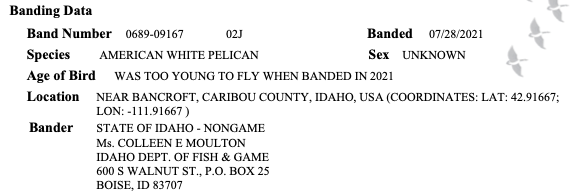
I’m not sure if this particular pelican is connected to the white pelican-fish depredation studies in Idaho. This is the official document with the full scale of Idaho’s 10-year, white pelican plan.
The overall goal of this plan is to maintain viable breeding populations of pelicans in Idaho while reducing impacts to native fish and recreational fisheries. Emphasis is on reducing predation rates in fisheries in southern Idaho through a combination of management actions that include hazing of foraging birds, manipulation of nesting habitat, and/or directly limiting pelican production and recruitment.
From Idaho to California, and the realms these wings will travel, I wish 02J a beautiful, long, healthful, and safe life, flying and fishing free with his or her pelican mates.

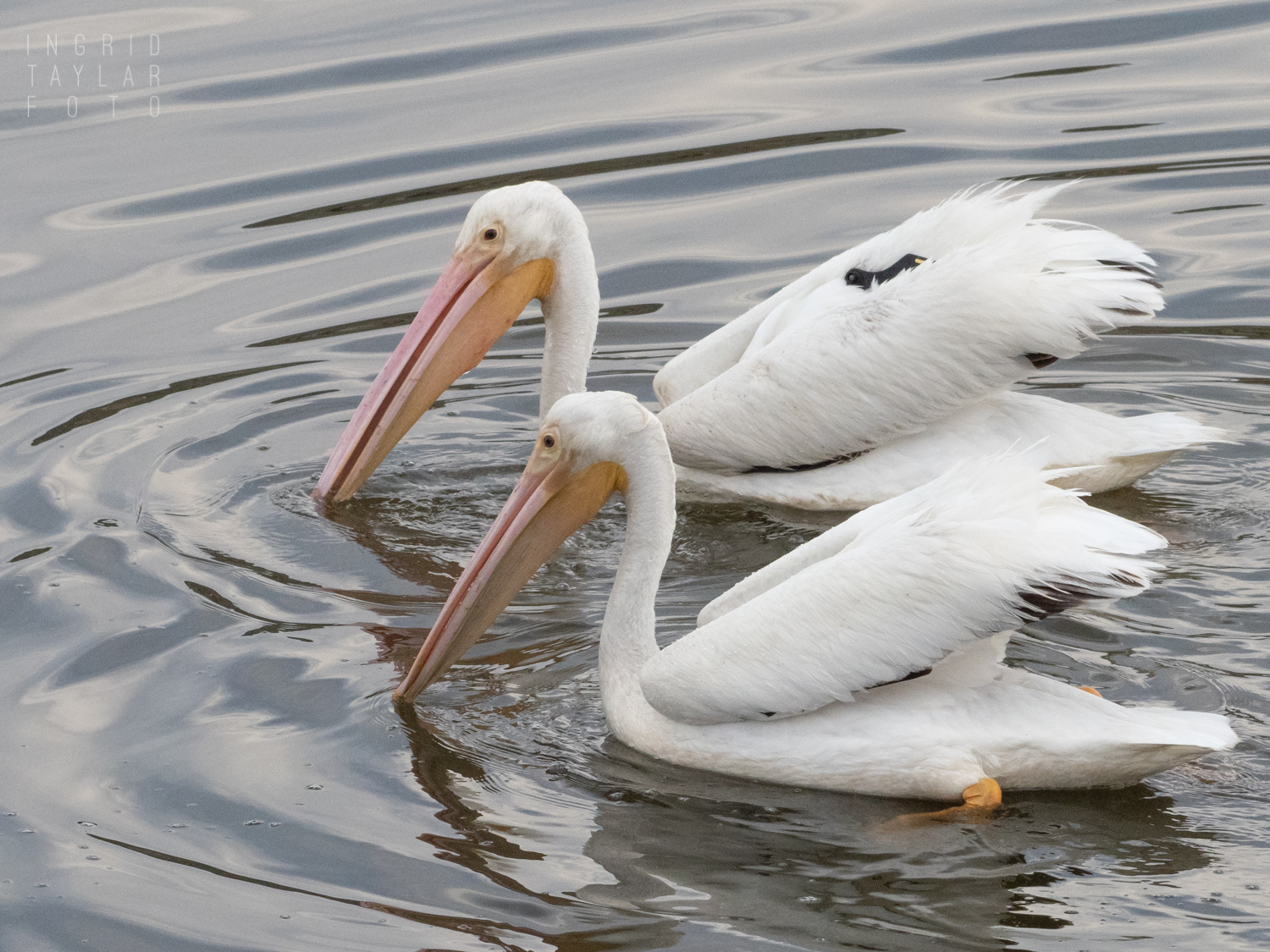
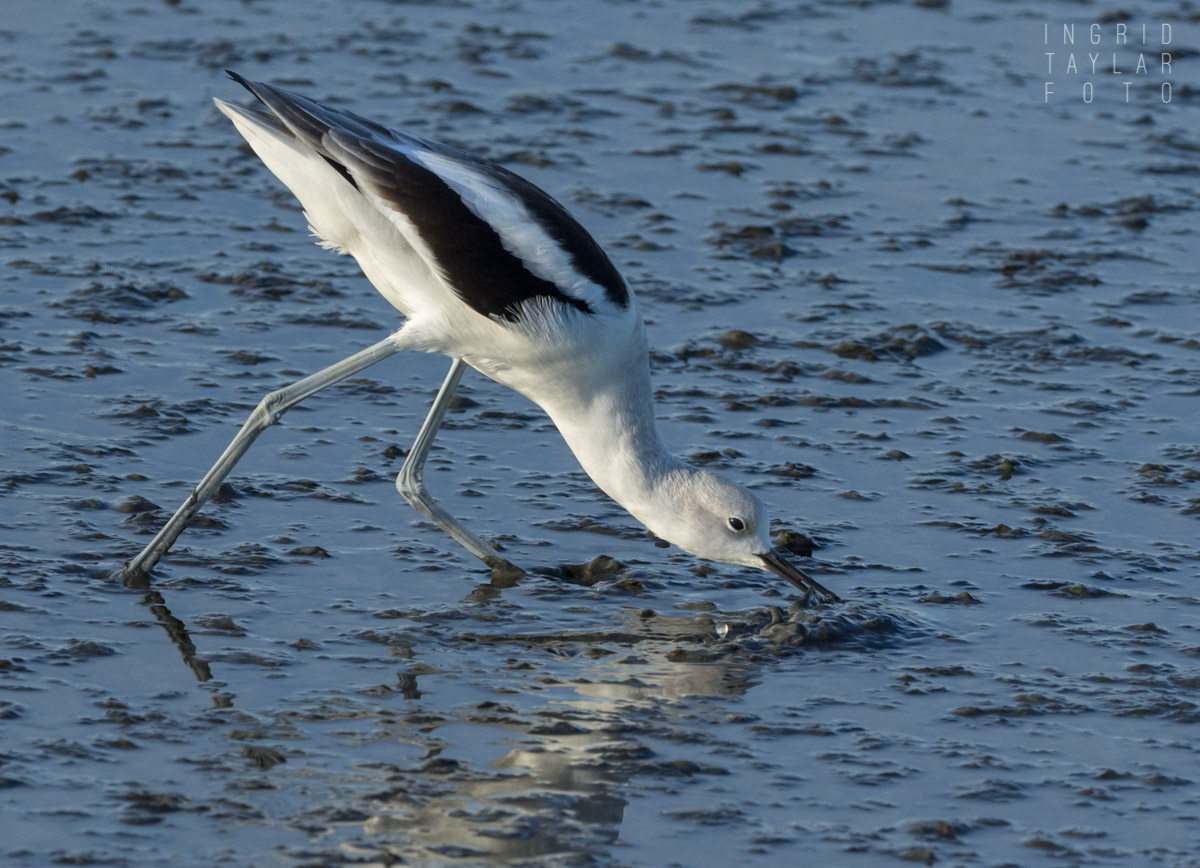
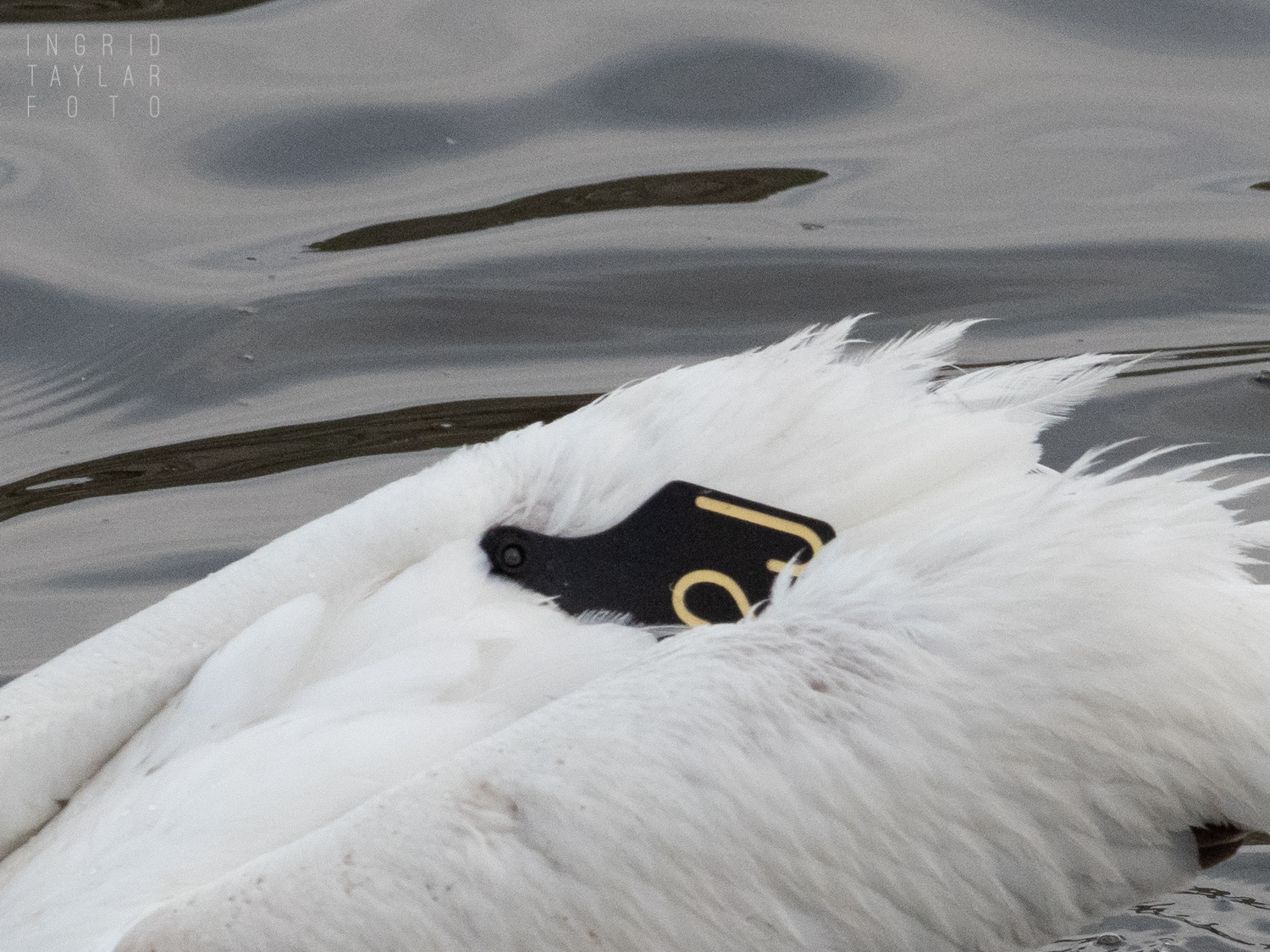
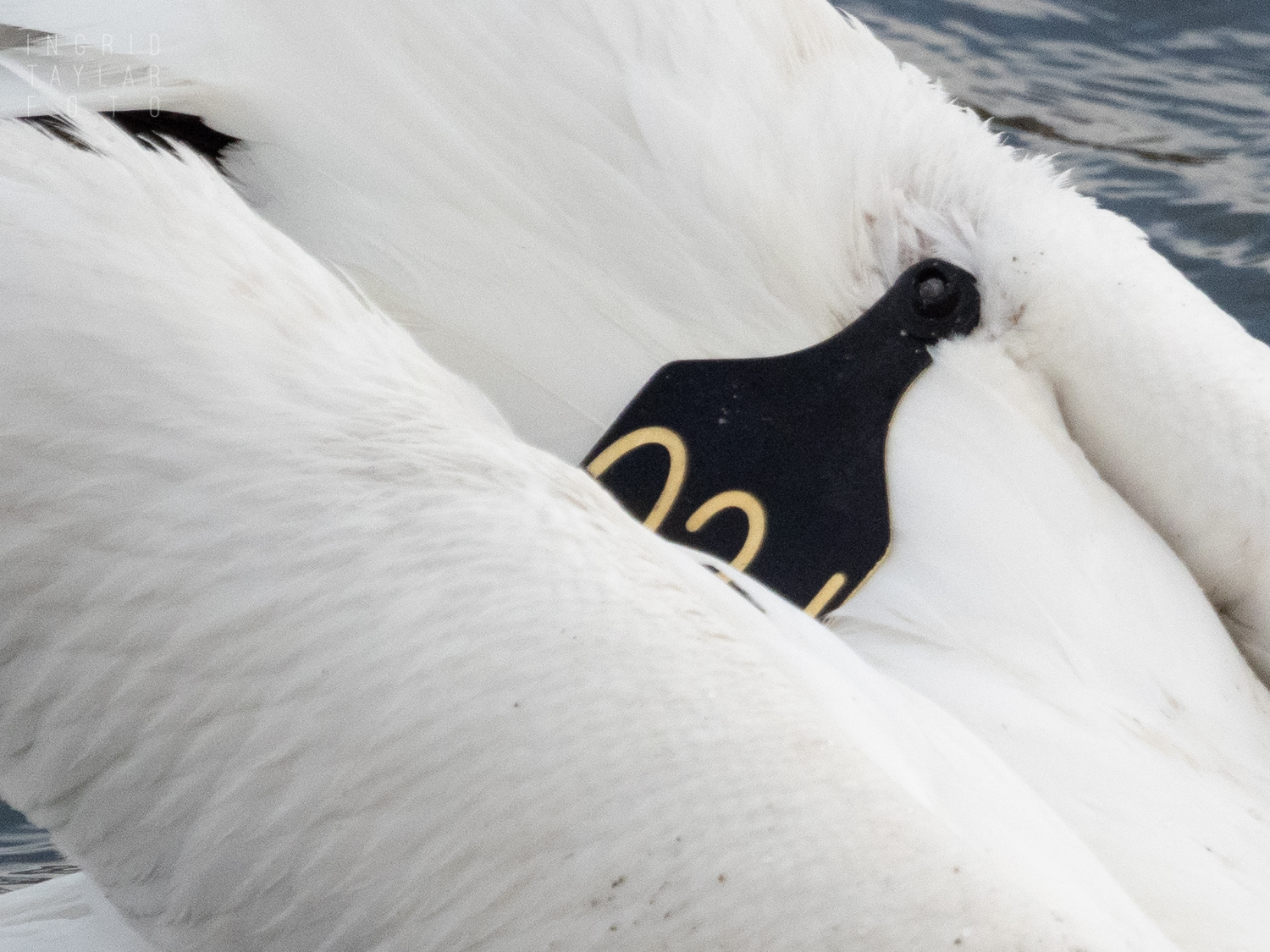
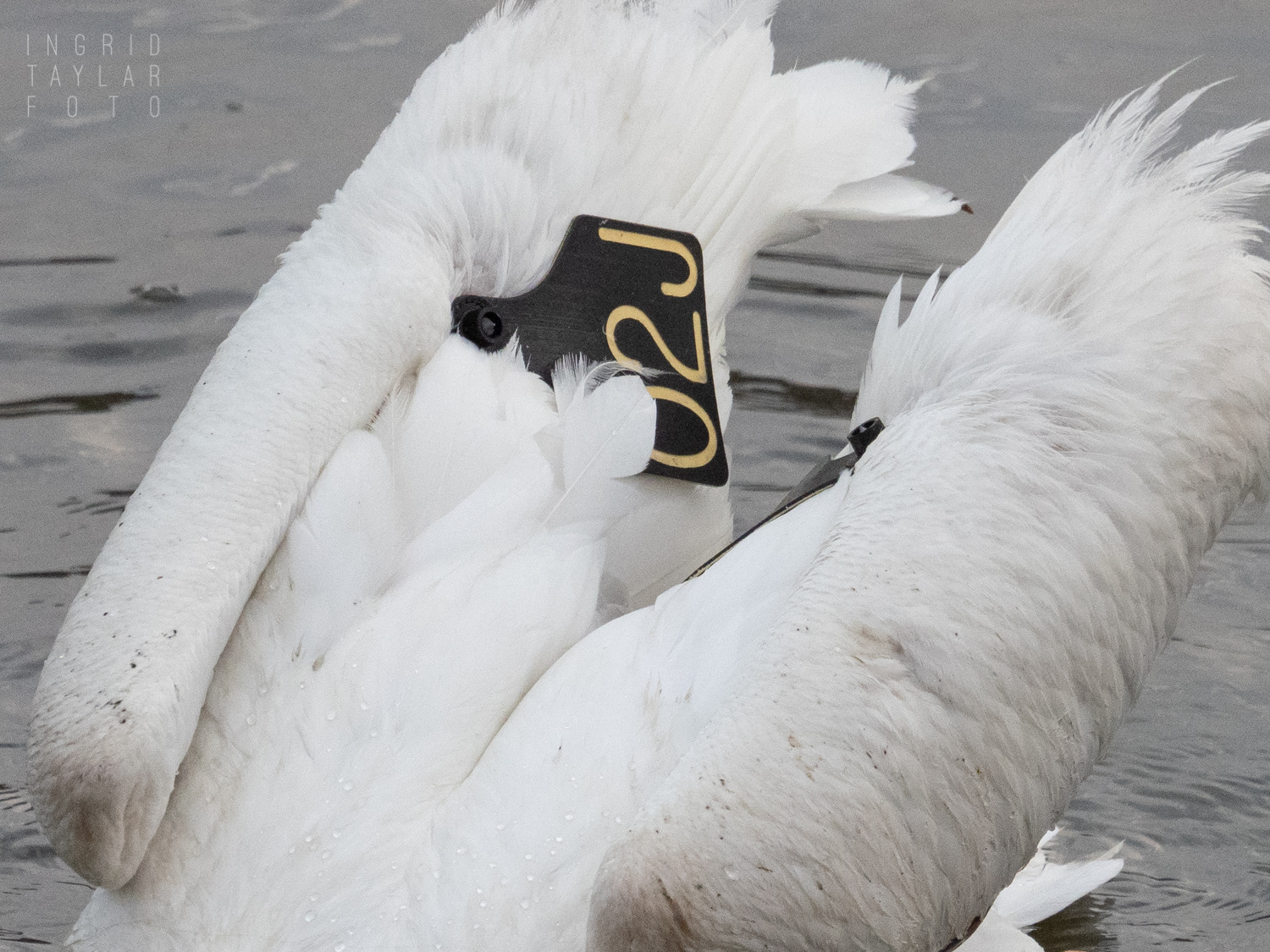
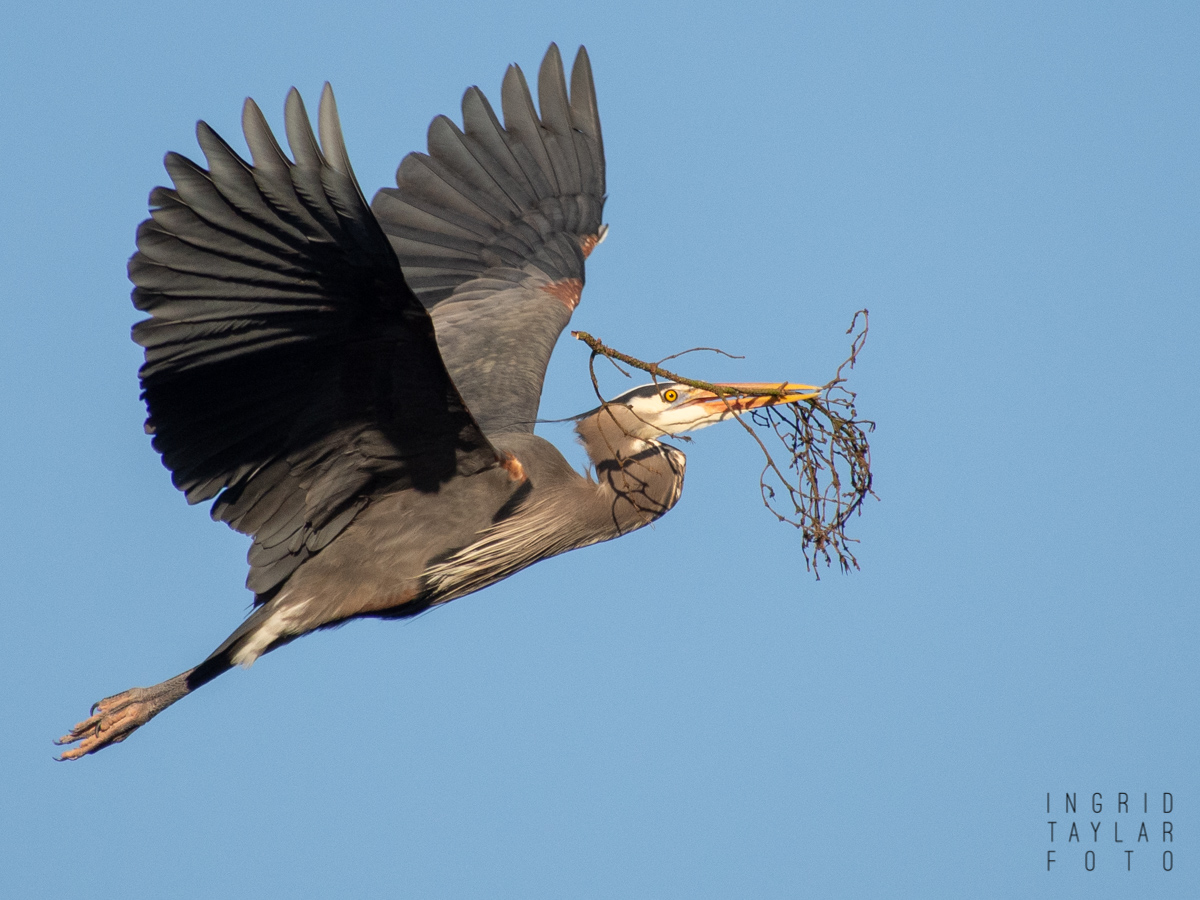
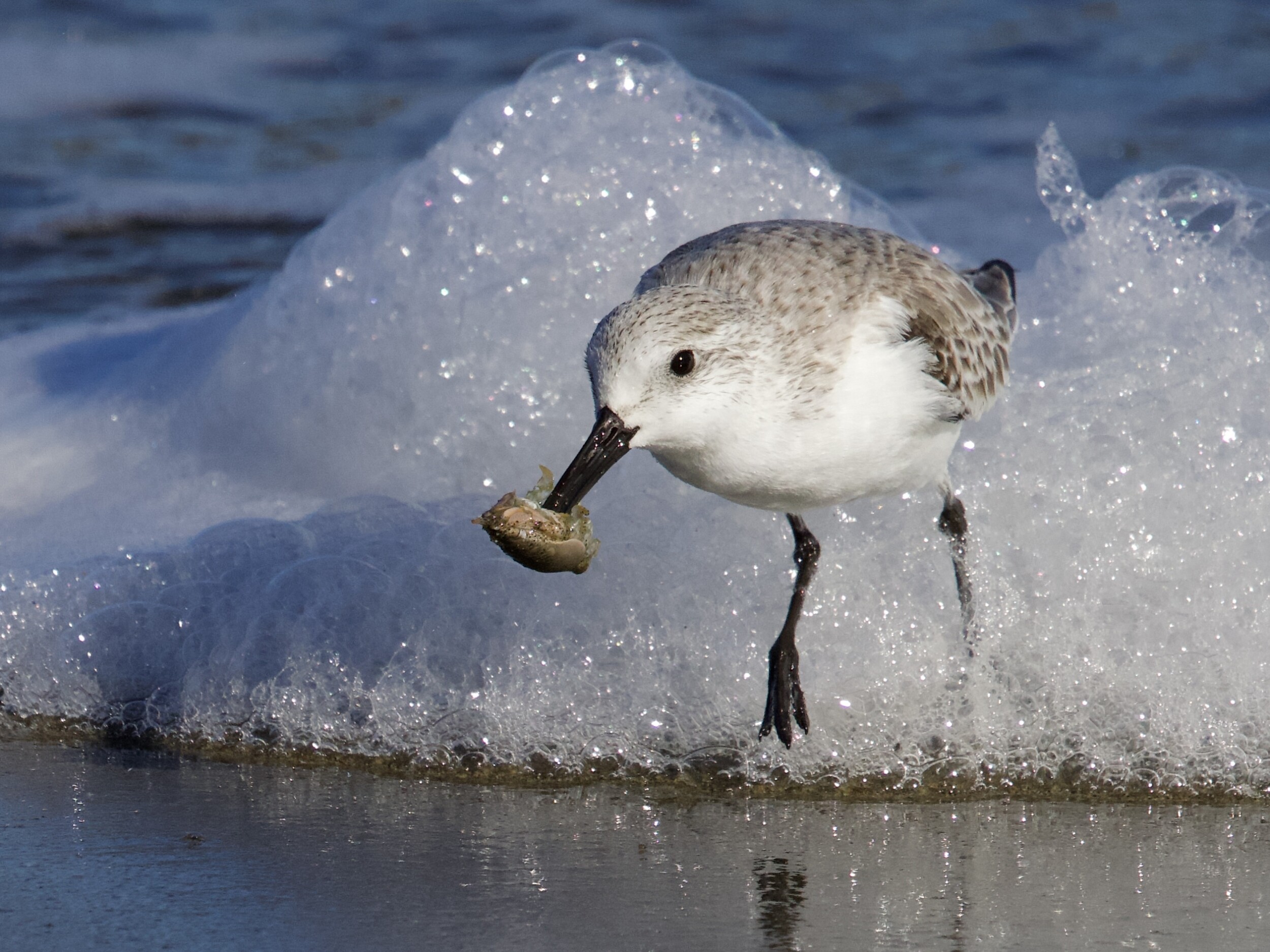
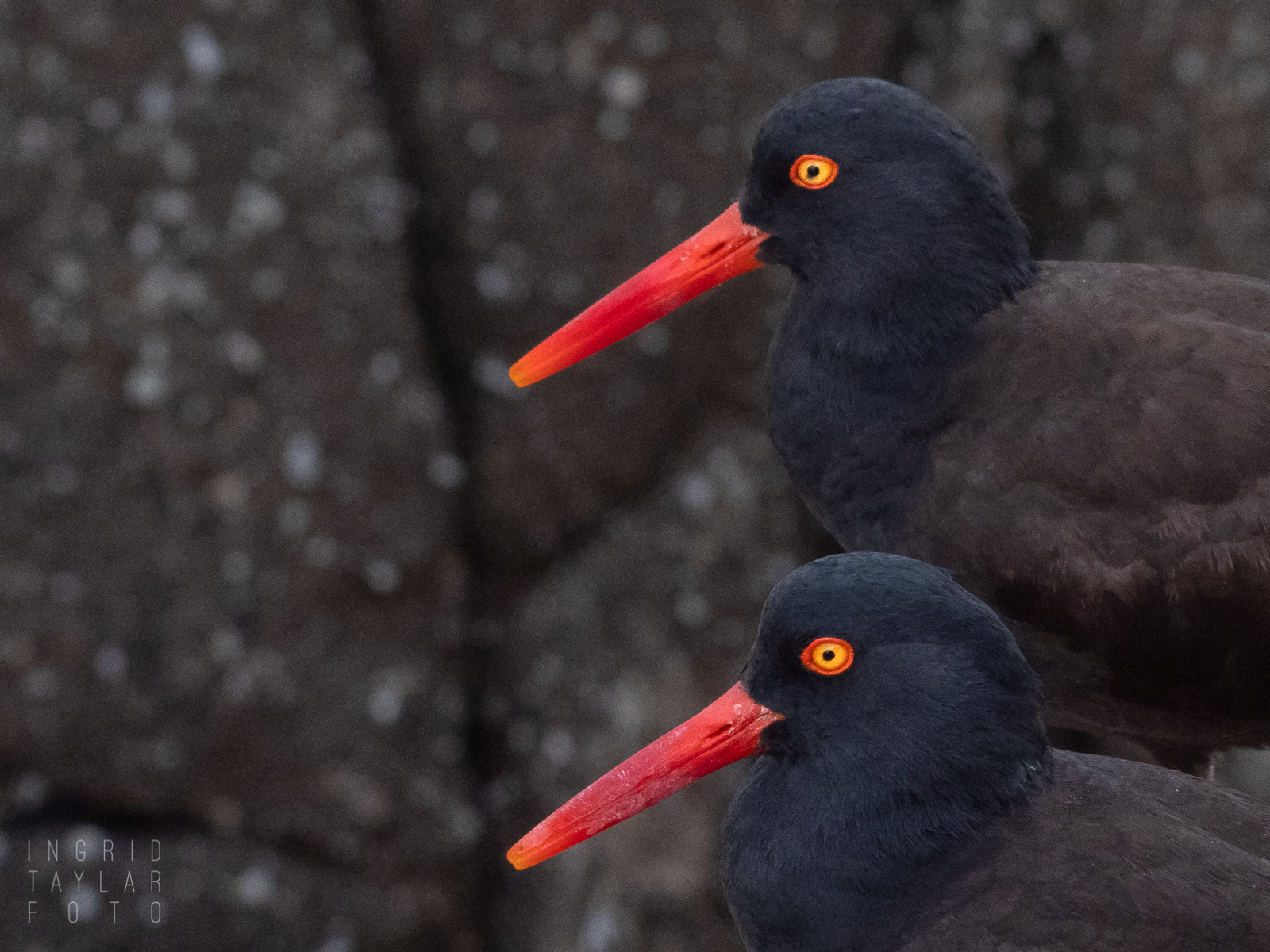
I just saw O2J yesterday at Bolsa Chica, and in researching the tag number, found your post 🙂 Definitely looked healthy and eating well. Hanging out with a non-banded companion. Found the information you got from Idaho interesting, looks like our youngster is all grown up!
Hi, Cindy – Thanks so much for the comment and for the updated report on O2J! That’s great news. I love that you found this post in your search for O2J, because I did the same thing when I photographed this pelican: I looked to see if anyone else had written or posted about the tag. 🙂
I saw O2J today at Bolsa Chica with a group of 6 or 7 others. Looking healthy and happy.
Brian, I’m so sorry I didn’t see your comment until now. Thanks for letting me know.
Haha, I’m here for the same reason! i just noticed the tags when looking through my Bolsa Chica photos from last week and googled O2J.
I love this, thanks for taking time to comment. I’m so glad to know O2J is doing well!